Designed by Atelier Deshaus, this exhibition and meeting space is designed to foster communication and a sharing of ideas. Rik Glauert reports on this futuristic structure, which feels worlds away from its crowded surroundings.

August 24th, 2016
If the location in which an architect needs to build is devoid of pleasant views, natural scenery or even open spaces, there’s another option: to look inwards and create an introspective space – which is exactly what Shanghai-based design and architecture studio Atelier Deshaus did with Huaxin Wisdom Hub.
Located in a cramped corner of the Shanghai Huaxin Science and Technology Park, the hub is a multi-level mix of relaxation areas, meeting rooms and exhibition spaces, all geared at the scientists and technicians working in the park.
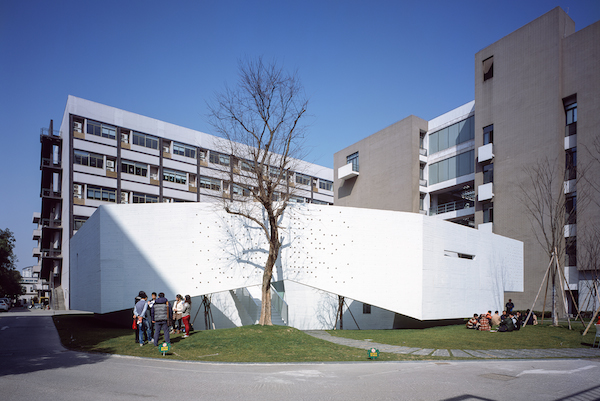
Huaxin Wisdom Hub is surrounded by office towers and parking lots
Touted as a space for promoting communication and the sharing of wisdom, the hub is hemmed in on all sides by parking lots and generic office buildings. Chen Yifeng, a Partner at Deshaus, admits that this was a challenge the studio had to find new solutions for. “As there were no positive factors in the circumstances for us to work with, the strategy became the creation of an introspective world,” he says.
Chen and the rest of the team working on the hub – Liu Yichun, Gao Lin, Wu Zhenghui and Ma Danhong – rose to the challenge, creating a calm, meditative structure that draws you in. The centre is separated from its surroundings and contained within a white square ring of suspended concrete patterned with circular cutouts and depressions. The building within is accessed by a number of bridges, stairways and slopes. “By means of paradoxical gestures of separation and semi-enclosure, we created a small world that excludes and includes the site conditions, tuned for specific activities,” says Chen.
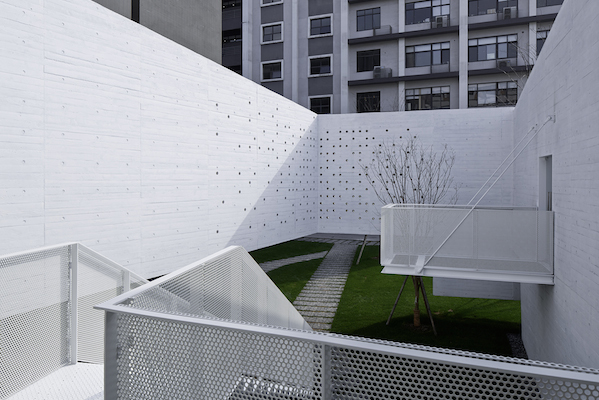
A world within at Huaxin Wisdom Hub
The building itself is divided into four parts, which are arranged within the outer wall like the sails of a windmill. Green spaces, external metallic bridges and internal atriums connect everything, so that indoor and outdoor almost feel like the same thing.
Inside the functional spaces, the palette is kept simple to allow a free exchange of ideas. It’s a haven of grained wood, shiny steel, light concrete and white.
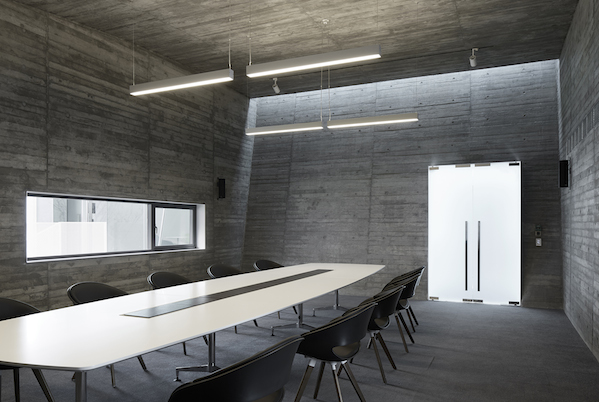
Concrete and grained wood keep things simple inside
The ground floor of the building is located 1.5 metres below the surrounding area and can be reached by both subtle slopes and staircases. This allowed Deshaus to create two floors while keeping the building height down.
The hub’s low-lying mass is another way it distinguishes itself from the taller office blocks that surround it, while also allowing for subtle integration with its environment. “With the help of the gentle slope, the building maintains some continuation with its surroundings,” explains Chen. “The two floors of the wisdom hub and the ground compose a split-level relationship.”
All images by Eiichi Kano and Chen Hao.
Atelier Deshaus
deshaus.com
INDESIGN is on instagram
Follow @indesignlive
A searchable and comprehensive guide for specifying leading products and their suppliers
Keep up to date with the latest and greatest from our industry BFF's!
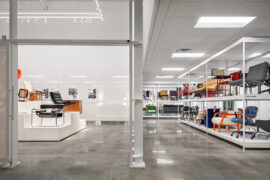
The undeniable thread connecting Herman Miller and Knoll’s design legacies across the decades now finds its profound physical embodiment at MillerKnoll’s new Design Yard Archives.

A longstanding partnership turns a historic city into a hub for emerging talent

For Aidan Mawhinney, the secret ingredient to Living Edge’s success “comes down to people, product and place.” As the brand celebrates a significant 25-year milestone, it’s that commitment to authentic, sustainable design – and the people behind it all – that continues to anchor its legacy.
The internet never sleeps! Here's the stuff you might have missed
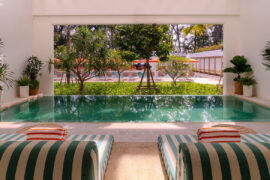
Opening in October 2025, The Standard, Pattaya Na Jomtien brings together ONION, DIN Studio, Studio Lupine and Verena Haller to create a sculptural modernist retreat where art, architecture and coastal culture meet.
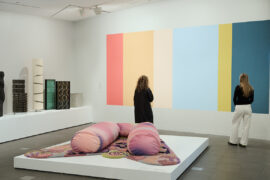
NGV exhibition ‘Making Good: Redesigning the Everyday’ is open – and be prepared to be amazed and delighted by great creative design.